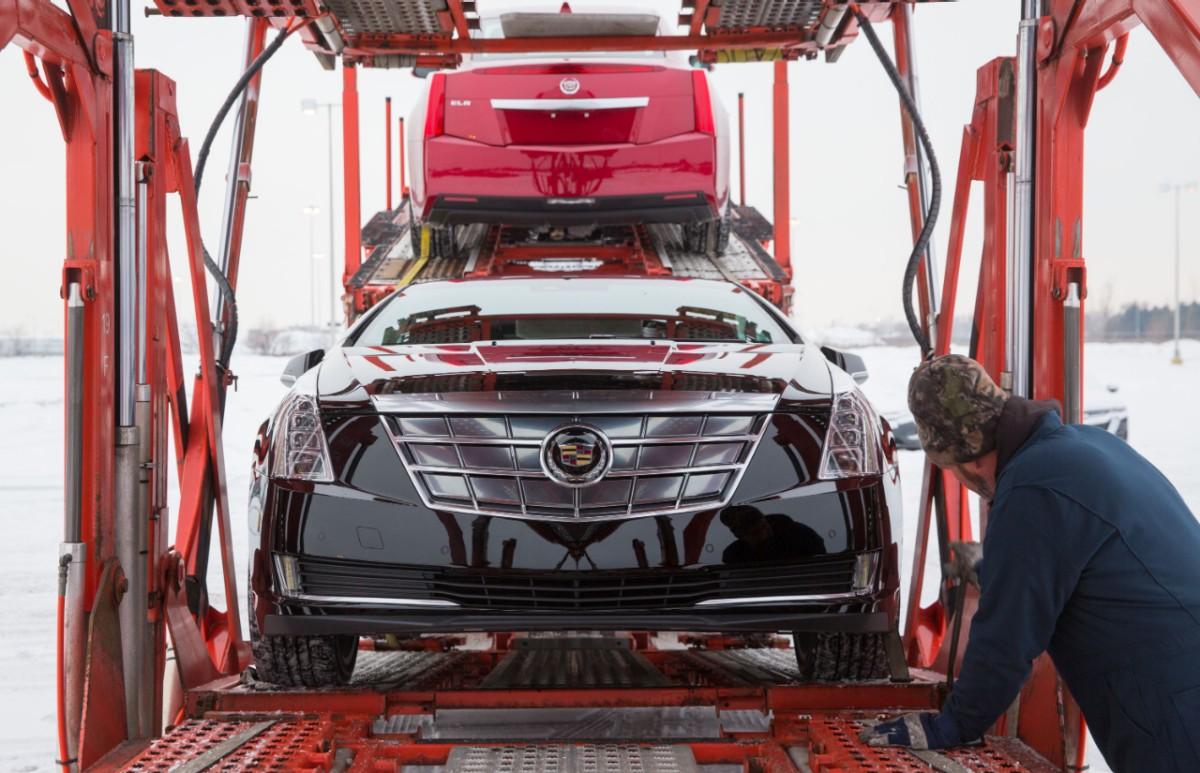Guest Post: GM Partners with EPA to Improve Logistical Efficiency

By Adam Miller, MIT Fellow
Today, General Motors has announced a partnership with the US EPA SmartWay program.
SmartWay is a collaboration between the EPA and the freight transportation industry. The primary goals of the program are to establish an industry standard for carbon emissions measurement and to assist partners with reduction efforts that result in greater fleet efficiency, fuel reduction, and cost savings.
As a graduate fellow from MIT working on a research assignment with GM, my role was to determine the best method for GM logistics to measure, analyze, track, and reduce the carbon footprint of the company’s logistics operations.
After two months of research and benchmarking, I discovered that there are many methodologies, processes, and companies that exist to help logistics organizations better understand their carbon footprint. Of all the available options, I found the EPA SmartWay program to be the most comprehensive and the best fit for General Motors.
With nearly 80 percent of all GM logistics miles traveled by SmartWay carriers, the majority of the company’s network is already familiar and involved with SmartWay. Furthermore, the program has great potential to expand its reach, as it already has sister programs in other regions of the world.
The process is simple. Freight carrier partners (SmartWay currently has over 3,000 truck, rail, and logistics carrier partners) submit a fleet classification to the EPA on a yearly basis. This fleet classification includes criteria such as services provided and equipment type. These inputs are collected in the SmartWay database and a carbon score is generated for the carrier. These scores are tracked year-over-year as carriers focus on increasing their fleet efficiency.
GM has joined SmartWay as a shipper partner.
Shipper partners collect activity data on an annual basis, which includes the carriers that are used to service their networks, along with the miles traveled and weight transported by each carrier. This data is combined with the carrier data in the SmartWay database and an algorithm is used to compute the total greenhouse gas emissions produced by GM’s logistics network. Having visibility to this data will allow GM, like its carriers, to be able to focus on carbon reduction efforts over time.
The benefits of measuring and reducing GM’s carbon footprint in logistics are plenty, and they include:
a) Stronger Supplier Relationships: Emissions reduction is a common goal that GM and logistics providers must achieve together. Best practices are freely shared between customers, carriers, and industry groups, making this an easy topic for all parties to see eye-to-eye.
b) Long-term Cost Reduction: With greater attention to carbon tracking, reduction activities, and investments, GM can choose to work with the most efficient logistics providers and carriers and recognize fuel-reduction cost savings.
c) Risk Reduction: By increasing emissions visibility and reduction efforts, GM can manage future risk out of its logistics business. These risks include fuel price volatility, reputational risk, and government regulatory risk.
I believe this SmartWay partnership will be a great success now and for years to come. GM’s logistics team now has another set of valuable data which will allow them to make more informed business decisions while working to achieve a more efficient, more responsible, and best-in-class logistics network.
That is something to be proud of.
Adam Miller is a fellow in the MIT Leaders for Global Operations Program. He just completed a six-month fellowship at General Motors, helping the research team uncover greater efficiency in their logistics program.

